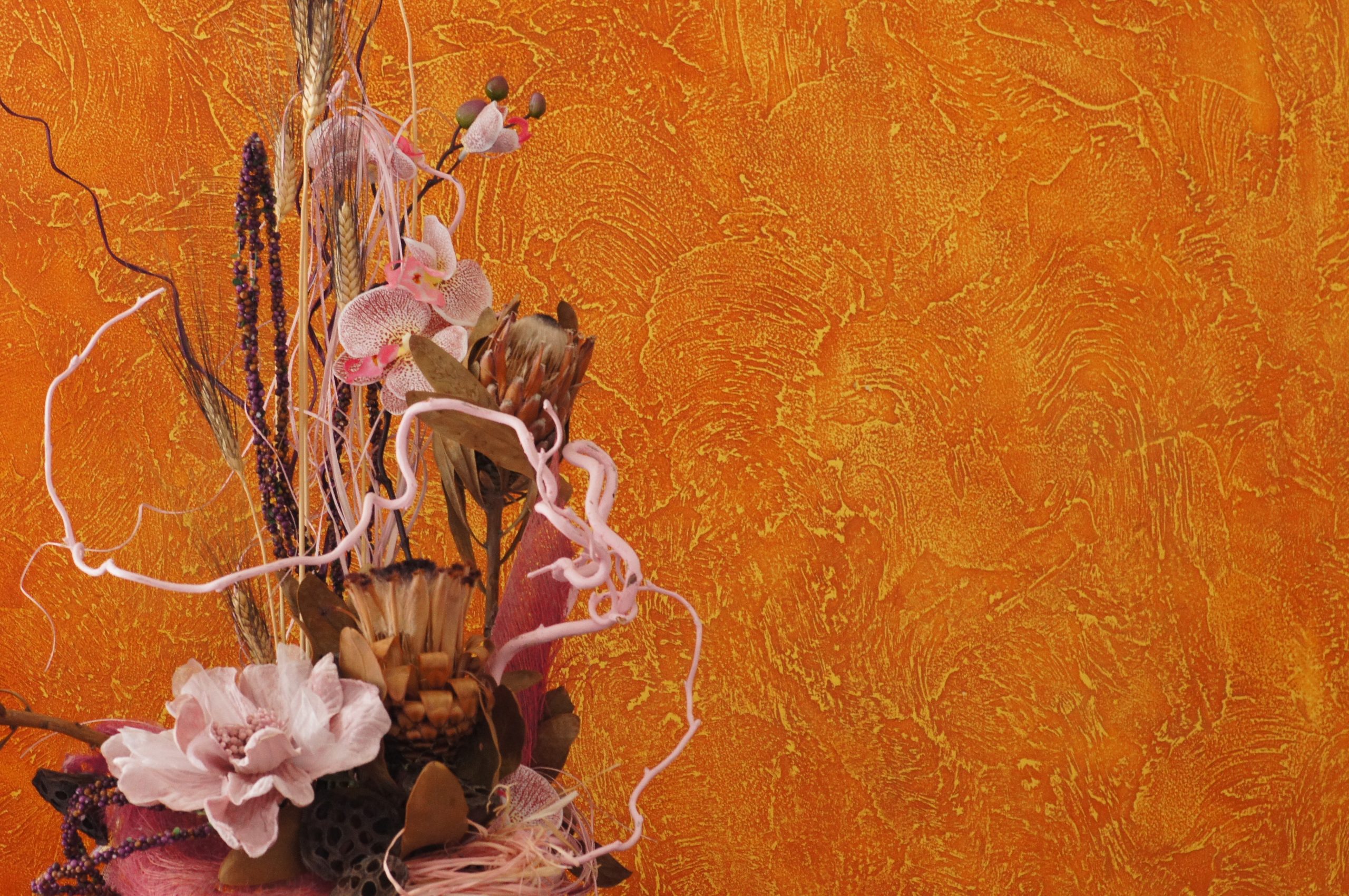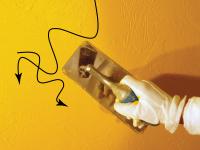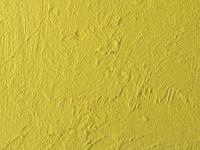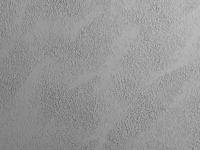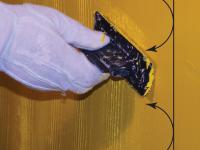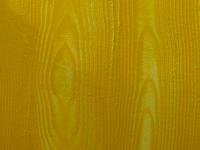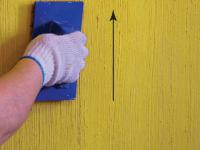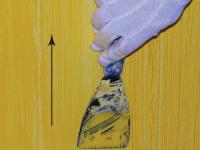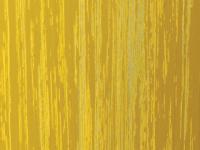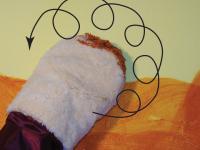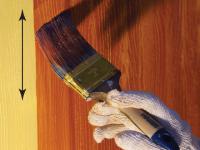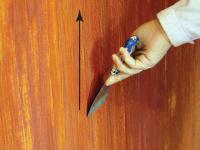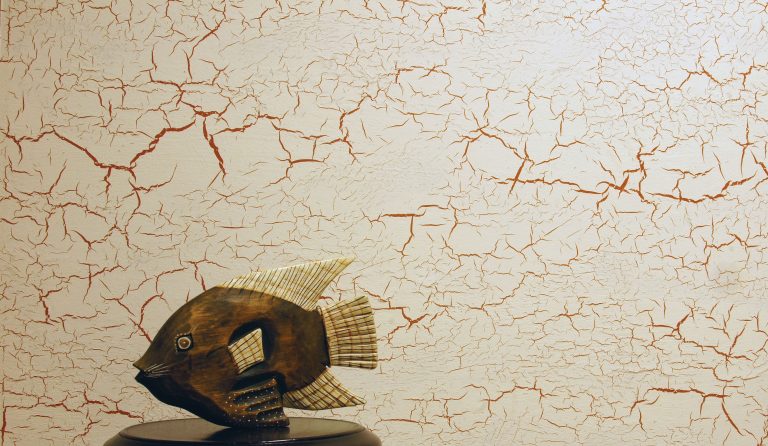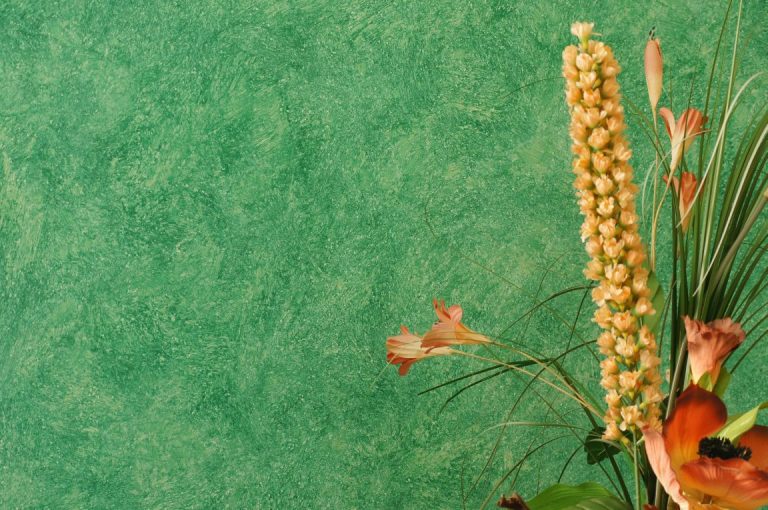1. Application of primer
Prior to plastering surface has to be coated by KVARC primer.
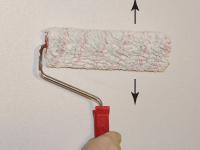
2. Application of plaster ATACAMA.
ATAСAMA has to be applied by rectangular or trapezoidal trowel with rounded edges and corners. While ATAСAMA is still wet – work the surface in order to create desired patterned structure (see options (a, b, c, d) below).

3. Recreation of relief. Possible options.
a) Weathered sandstone surface
Work the surface by rectangular or trapezoidal trowel in „criss-cross” or wavy mode.
b) Travertine relief
Work the surface by foamed roller and then smooth obtained grainy pattern by metal or plastic spatula in one or different directions depending on desired structure.
c) Timber relief
Work the surface by parallel passages of specially engraved “wood graining” rubber applicator . Most realistic wood structure is replicating while rocking the applicator from one edge to another during continuous (non-stopping) parallel passages.
d) Wood bark structure
Work the surface with parallel movements of special trowel with plastic bristles leaving striped tracks. Created pattern has to be smoothened using the spatula by movements directed along the relief structure.
Pattern developing*
*Weathered sandstone surface structure developing has been used below just as an example. All the other reliefs can be treated using the same technique.
4. Application of tinted CERA wax.
Apply tinted CERA wax evenly on to 1÷2 m² surface area unit by circular movements of woolen glove (fig. 1). While CERA is still wet work the surface by woolen glove again in order to ensure uniform wax spreading all over the surface. (Structures oriented in one direction like “timber” or “wood bark”) ave to be stained by CERA wax using the brush (fig. 2). Wax excess has to be removed from upper parts of pattern by spatula moving it along the relief and holding its blade at acute angle (fig. 3).
5. Sanding (optional).
If deeper contract accentuating is desired it is advisable to sand the upper parts of pattern using sand paper (grain size index of about 180 is recommended).
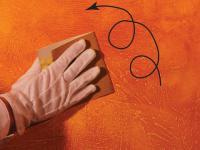
6. Burnishing (polishing).
In case glossy aspect and deeper color contrast of patterned relief is required it is advisable to burnish completely dried surface by inox trowel holding it at acute angle (as parallel as possible) to the surface. Burnishing is mandatory only in case of ATACAMA application without subsequent staining by tinted CERA wax!
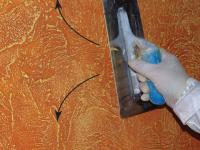
7. Application and polishing of protective wax VENETO CERA.
It is recommended to apply wax VENETO CERA in order to accentuate contrast of the surface, increase the gloss and to make the surface water repellent. Wax has to be applied by thin layer using woollen glove. After wax is dried surface has to be polished by soft cloth or woollen glove by circular movements. In case high level of washability is required it is possible to protect the surface by varnish instead of VENETO CERA (Ekoakva, Luoten or Paneļu laka of required gloss degree) are recommended. In case pearlescent sparkling effect is desired it is also possible (optional) to admix pearlescent powder PERLIUM of required colour directly to the varnish prior to it’s application.
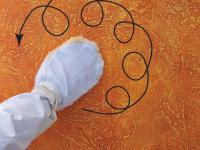
8. The surface is done.
a) Weathered sandstone surface. ATACAMA and CERA wax of different colours have been used.
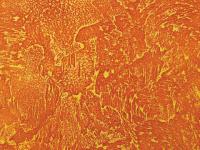
a) Weathered sandstone surface. ATACAMA without staining by CERA wax has been used. Contrast of surface has been accentuated by burnishing using inox trowel.
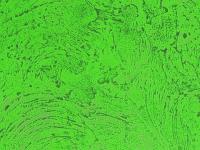
b) Travertine relief. ATACAMA and CERA wax of different colours have been used.
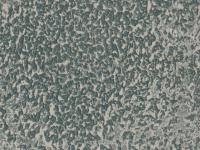
c) Timber relief. ATACAMA and CERA wax of different colours have been used.
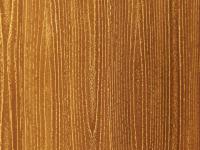
d) Wood bark structure. ATACAMA and CERA wax of different colours have been used.

